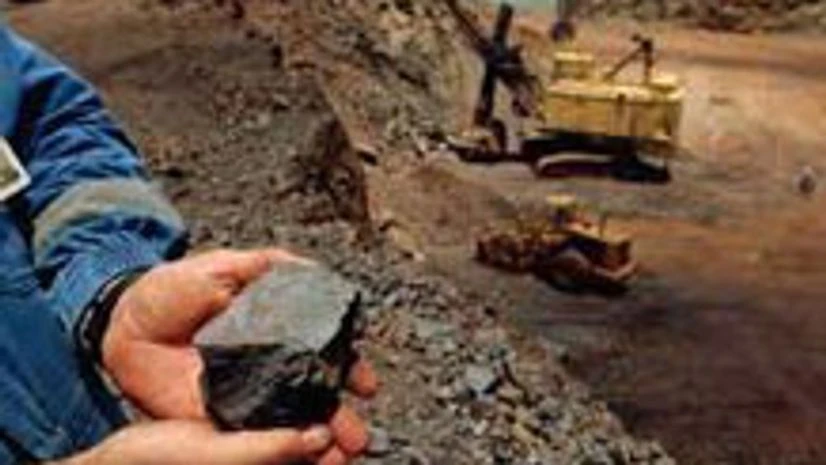Lacklustre demand from steel industries, pellet makers and other end-use industries has scaled up the iron ore stock in the key producing states of Odisha, Jharkhand and Goa, to 140 million tonnes (mt) as on end-March, from 128 mt a year before, estimated an industry source, though the final figure is yet to be collated.
The ore stock (of lumps and fines) in Odisha was 76.9 mt, 24.7mt in Jharkhand and 26 mt in Goa. The total is a little less than India's current annual production.
Read more from our special coverage on "IRON ORE"
Says an industry source, "In Odisha, it is the lower grade ore that has got accumulated. The steel industry is not lifting this, since the royalty rate in the state is the same for all grades. In general, the steel units in Odisha and Jharkhand are operating at depleted capacities; in Goa, the low grade ore has no takers among value addition industries and can only be exported."
At a time when ore production is on an upswing, the dull dispatch is worrying for mining companies. The country's ore production moved up from 129 mt in FY15 to 155 mt in 2015-16. In 2016-17, it is pegged at 180 mt. The Federation of Indian Mineral Industries (Fimi) estimates that of the accumulation, 85 mt are of fines, for which there are hardly any takers. In Odisha, pellet makers, key users of fines, are operating at barely 30 per cent of rated capacity. Pellets, an intermediate product in steel making, competes with calibrated lump ore in the domestic market. The latter is cheaper and steel units prefer to buy it.
Besides, Odisha's policy to conserve 50 per cent of the iron ore produced by merchant miners for end-use industries within the state adds to the stockpile. The state produced 80.86 mt of ore in 2015-16 but the combined requirement of all end-use plants was only about 20 mt.A recent Religare report on the state of mining sector in Odisha says iron ore production has returned to the FY14 level (78 mt) and iron ore supply in the state would increase assuming the reopening of Sarda Mines and the government nod for other leases comes through. The Odisha High Court had recently permitted use of inventory (10 mt) at Sarda Mines by Jindal Steel & Power Ltd (JSPL).
"Our iron ore output is expanding. But, there is carryover stock. In 2015-16, we achieved a record despatch of 72 mt," said Deepak Mohanty, the Odisha government's director of mines.
Also Read
Fimi, in a letter to the Union mines ministry, says non-captive private iron ore lessees in Odisha are having environment clearance to produce 80 mt per annum but are doing only half of that.According to the Religare report, "Merchant miners have turned slightly optimistic on the back of rising international prices. With iron ore selling at $66 per tonne, the economics of exports have improved and enquiries from export markets have already begun trickling in. Given expectations of increased domestic iron ore supply on the back of mine approvals, the pricing upside for domestic sales would be limited."The domestic demand from steel, sponge iron and pellet industries is not adequate to absorb the production, resulting in continuous addition to the stockpile of ore. Fimi fears that with the shrinking domestic demand, the mining industry will be forced into production cut and job losses.
"The only way out seems to be an export outlet. If the export duty is totally abolished and the railway freight is brought down at par with domestic rail freight, exports are possible," Fimi secretary general R K Sharma said in a letter to Union mines secretary Balvinder Kumar.
Union Budget 2016-17 announced the removal of export duty on low-grade lumps and fines of iron content below 58 per cent. While this is expected to incentivise exports from Goa, it has failed to cheer exporters in Odisha.---

)
